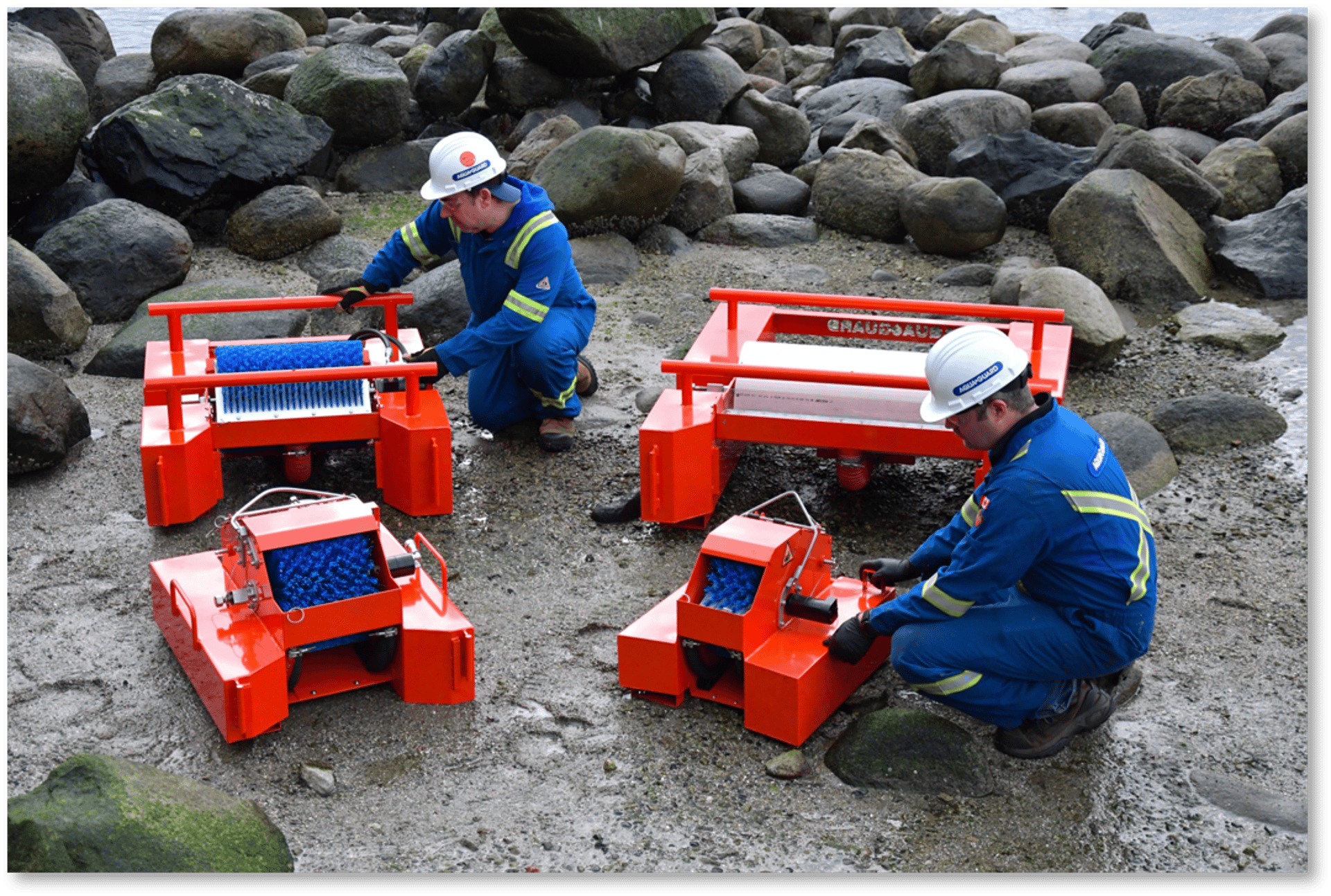Skimming and Pumping for Maximum Oil Retrieval
In the aftermath of an oil spill, rapid and effective recovery is critical to minimizing environmental damage. Using skimmers and pumps, floating oil is collected and transferred to storage tanks for separation and disposal. This process ensures that pollutants are efficiently removed while limiting water contamination. By carefully positioning skimmers, optimizing pump rates, and managing storage, response teams can recover as much oil as possible, reducing waste and improving cleanup efficiency.
Cal
12/8/20242 min read

In the event of a major oil spill, efficient recovery requires a combination of containment, skimming, and pumping to remove floating pollutants. Once containment booms are in place, skimmers are deployed to extract the oil, which is then pumped into storage tanks for settling and disposal. This method is essential for minimizing environmental impact and recovering as much oil as possible.
Deployment and Setup
After containment has been established, a floating pontoon or barge is positioned near the slick to provide access for response teams. The skimmer is connected to a pump, hoses, and a hydraulic power pack to facilitate oil transfer. Two self-supporting tanks are used—one for initial oil recovery and another for settling and water separation.
Skimming and Pumping
The skimmer is carefully positioned at the water’s surface, either manually using ropes or with lifting equipment if available. It is placed in the thickest part of the slick, where it can collect the most oil. To maintain an efficient recovery rate, responders may use motor pumps with fire hoses to create a current, directing the oil toward the skimmer.
Once the skimmer is operational, the pump is activated, drawing in the collected oil and transferring it to the storage tanks. The pumping rate is carefully controlled to maximize selectivity, reducing the amount of water mixed with the recovered oil. This is particularly important when dealing with high-viscosity pollutants, which require slower pumping speeds to ensure efficient separation.
Storage, Settling, and Final Recovery
The first storage tank receives the recovered oil, allowing time for natural separation to occur. As the oil settles, excess water is periodically discharged back into the containment area, ensuring that only oil is retained for proper disposal or processing. This alternating use of storage tanks ensures continuous operation.
At the end of the recovery process, the skimmer is lifted from the water while the pump remains running to clear any remaining oil from the hoses. All equipment, including the skimmer and discharge hoses, is thoroughly rinsed with freshwater before being packed away. Any remaining surface oil is collected using floating sorbents to complete the cleanup.
This systematic approach to oil recovery by pumping with a skimmer ensures efficient removal of pollutants while minimizing water contamination and optimizing storage capacity.
Contact us
Whether you have a request, a query, or want to work with us, use the form below to get in touch with our team.


Location
3195 New Panaderos, Santa Ana, Manila, Metro Manila
Contacts
+63927 410 4369
info@gsoceanguard.ph

